Optimal Timing for Foundation Repairs
Foundation repairs are most effective when performed during specific times of the year, depending on weather conditions and soil stability. Proper timing can help ensure the longevity and effectiveness of repairs, reducing the risk of future issues.
Spring offers moderate temperatures and soil moisture levels, making it a suitable time for foundation work. Soil tends to be more stable, reducing the risk of shifting during repairs.
Summer can be challenging due to higher temperatures and dry soil conditions. However, with proper planning, repairs can still be successful, especially in areas with controlled moisture.
Fall provides cooler weather and increased soil moisture, which can facilitate foundation repair work. It is often considered an optimal season for repairs before winter.
Winter presents cold temperatures and potential freezing conditions, which can hinder repair work and affect soil stability. Repairs during winter are generally less recommended unless conditions are mild.
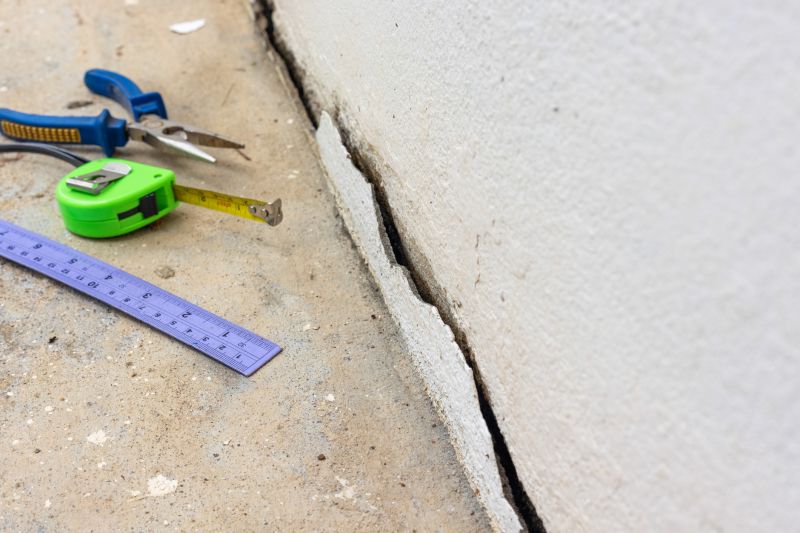
Ways to make Foundation Repairs work in tight or awkward layouts.
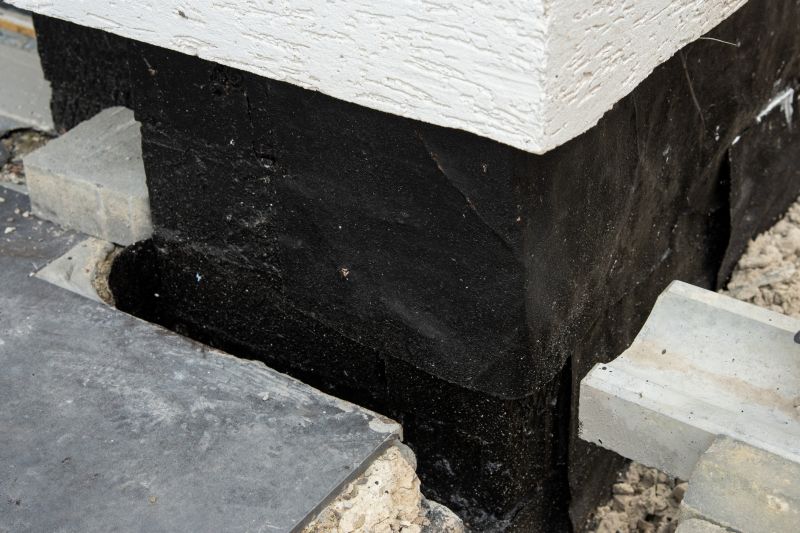
Popular materials for Foundation Repairs and why they hold up over time.

Simple add-ons that improve Foundation Repairs without blowing the budget.

High-end options that actually feel worth it for Foundation Repairs.
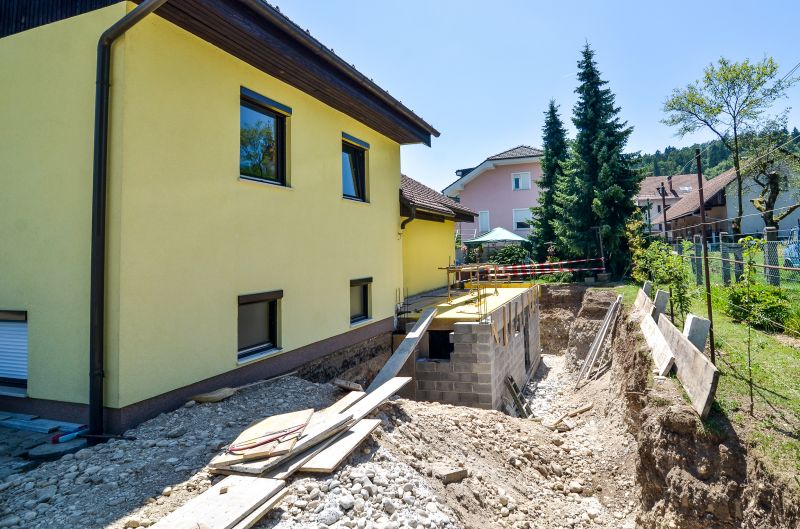
Finishes and colors that play nicely with Foundation Repairs.
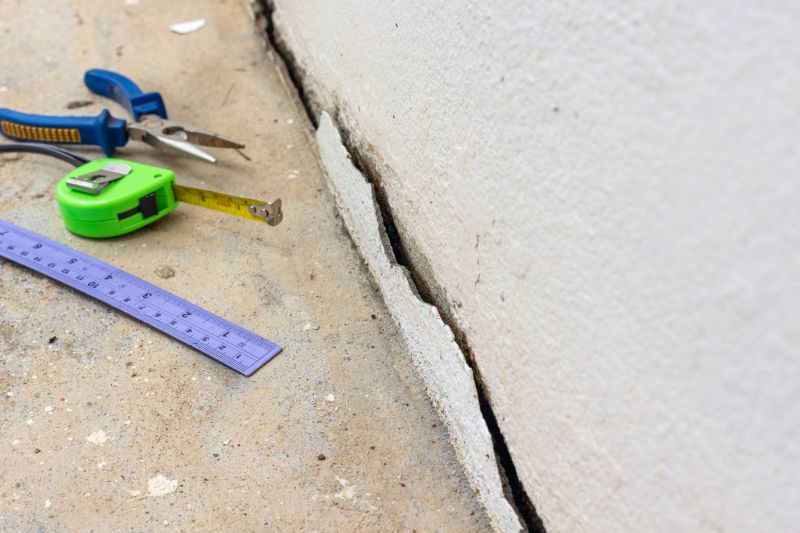
Little measurements that prevent headaches on Foundation Repairs day.
Foundation repairs are essential for maintaining structural integrity and preventing further damage to a property. Addressing issues early can minimize costly repairs and preserve the value of the building. Soil conditions, weather patterns, and the severity of damage all influence the optimal timing for repairs. In regions with seasonal variations, planning repairs during periods of soil stability can improve outcomes significantly.
| Season | Ideal Conditions |
|---|---|
| Spring | Moderate soil moisture, mild temperatures |
| Summer | Dry soil, higher temperatures, requires careful planning |
| Fall | Cooler weather, increased soil moisture, ideal for repairs |
| Winter | Cold temperatures, potential freezing, less suitable |
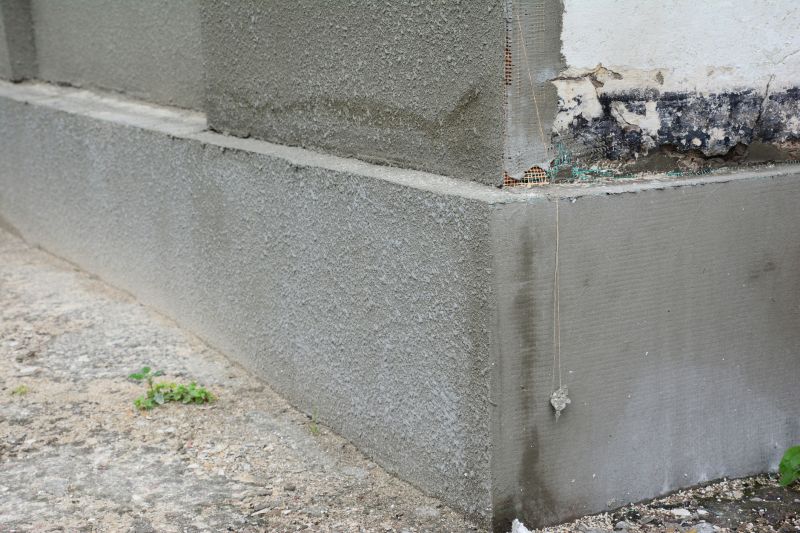
A 60-second routine that keeps Foundation Repairs looking new.
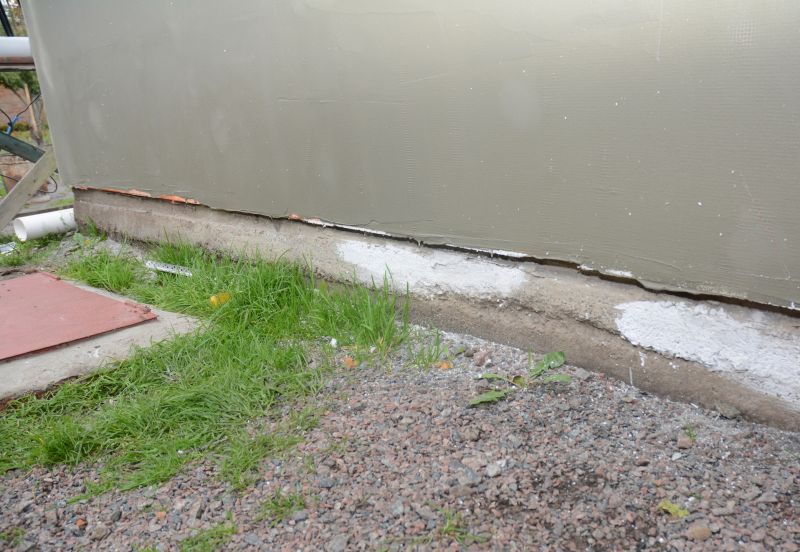
A frequent mistake in Foundation Repairs and how to dodge it.
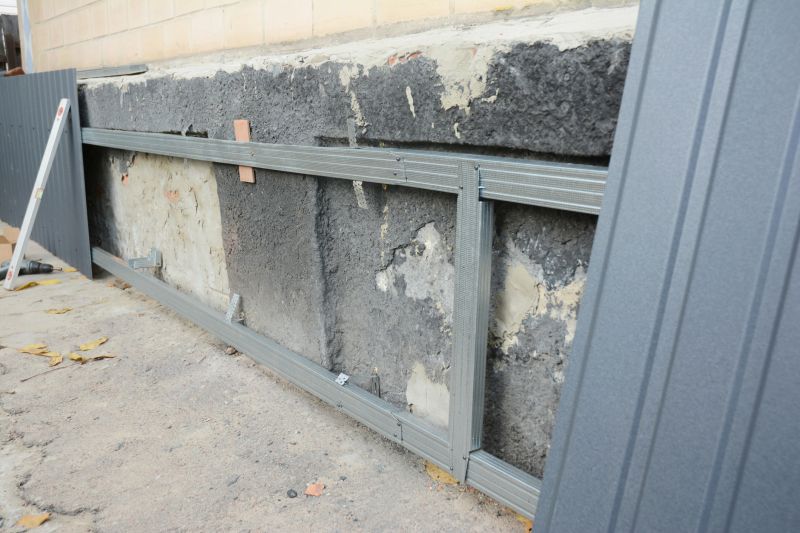
Small tweaks to make Foundation Repairs safer and easier to use.
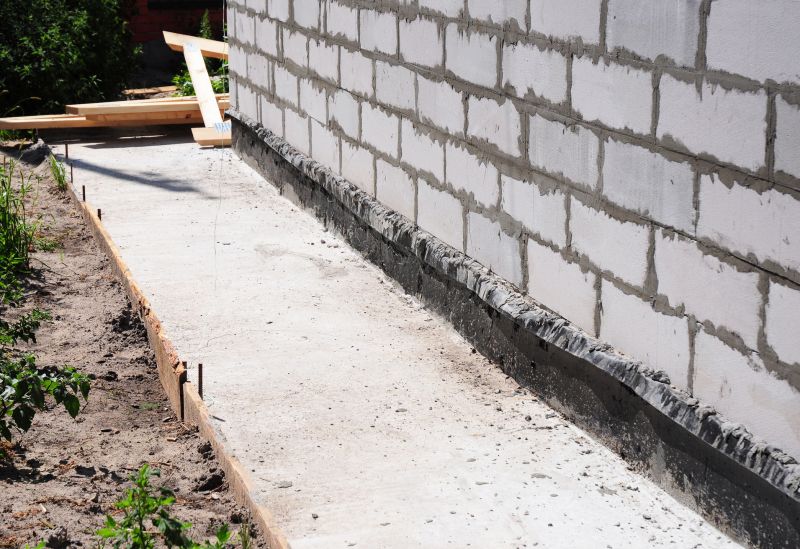
Lower-waste or water-saving choices for Foundation Repairs.

The short, realistic tool list for quality Foundation Repairs.
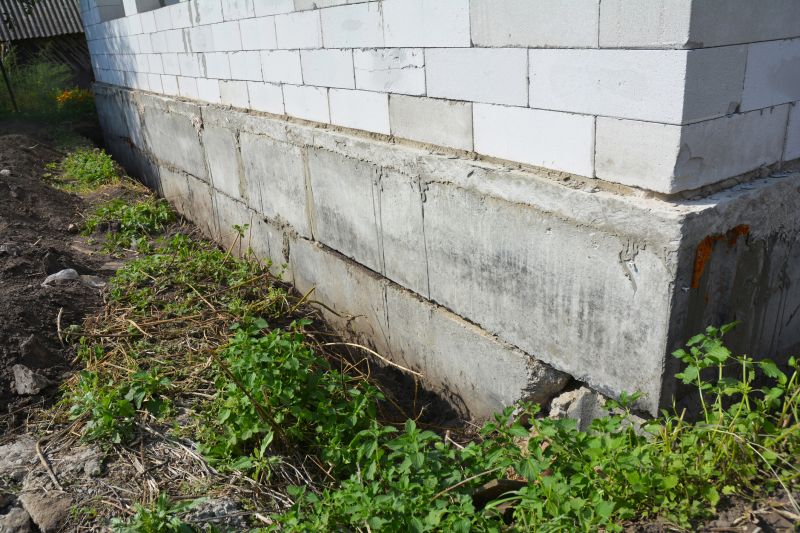
Rough timing from prep to clean-up for Foundation Repairs.
Choosing the right time for foundation repairs can help ensure the process is efficient and durable. Properly timed repairs can prevent future issues such as settling, cracking, and structural damage. Consulting with a foundation specialist can provide guidance tailored to local climate and soil conditions, ensuring repairs are performed when most effective.
Cracks in walls or floors, uneven flooring, and doors or windows that stick may indicate foundation issues requiring repairs.
Common methods include piering, underpinning, and slabjacking, each suited for different types of foundation problems.
Early intervention can prevent extensive damage and higher repair costs in the future.
Expansive soils and moisture fluctuations significantly influence foundation stability and repair timing.
Interested property owners in Suwanee, GA, can benefit from scheduling foundation repairs during the most suitable seasons. Proper timing ensures the durability of repairs and minimizes disruption. For further assistance or to arrange an assessment, filling out the contact form is recommended.


